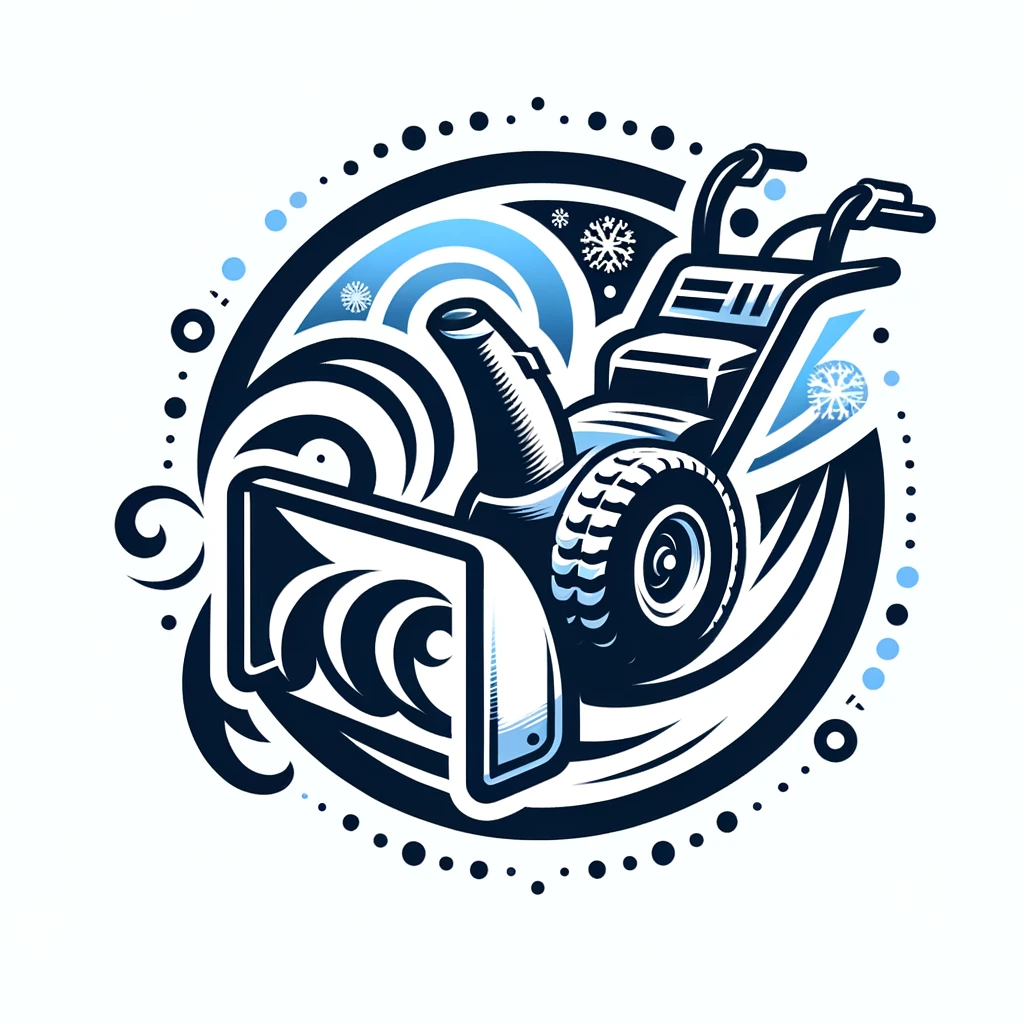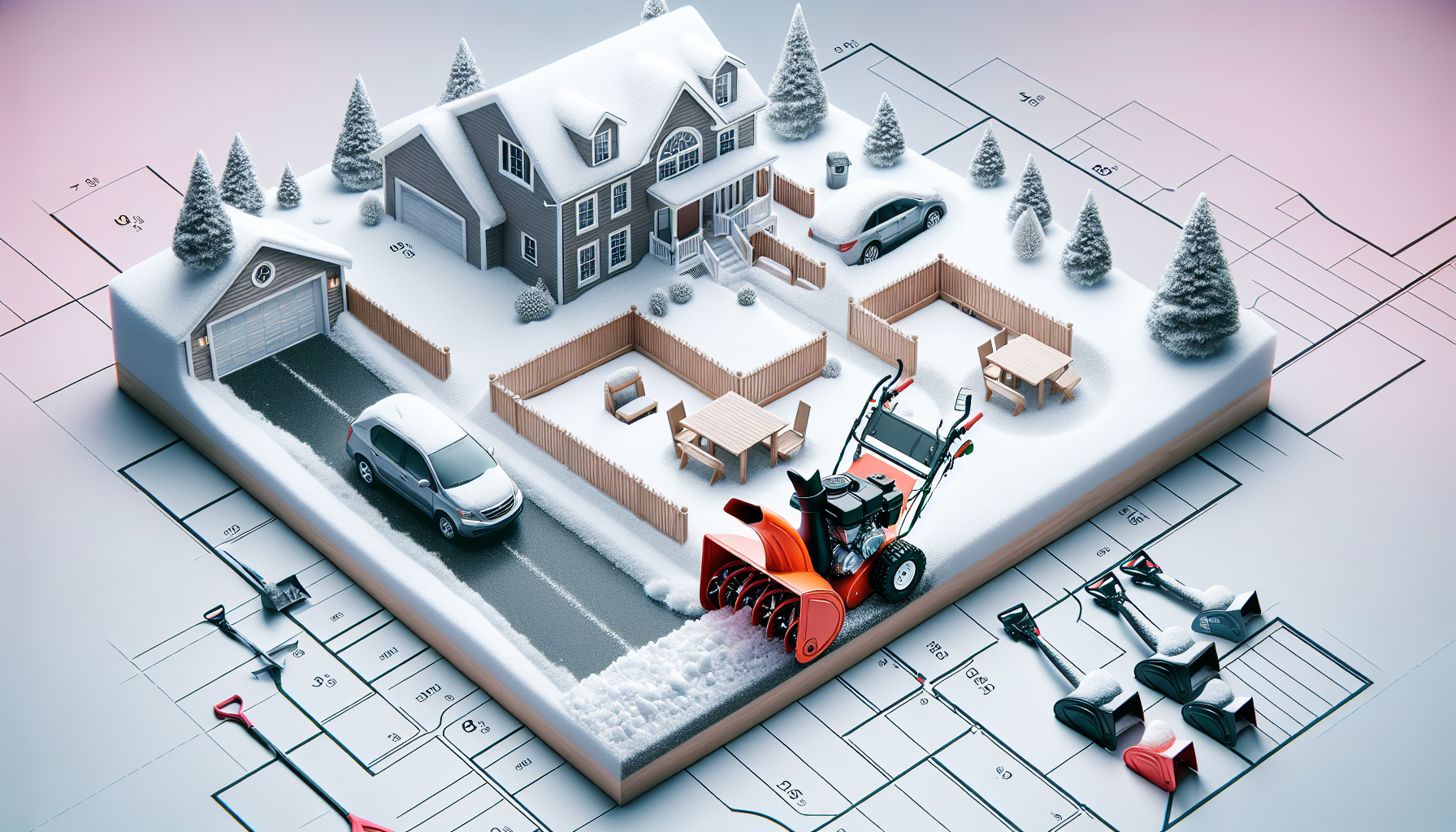When winter brings heavy snowfall, clearing your driveway becomes a top priority. But with so many options available, it can be overwhelming to determine the right snowblower size. Don’t fret! In this article, we will guide you through the process of choosing the perfect snowblower for your needs. From considering the size of your driveway to examining the type of snowfall in your region, we have all the information you need to make an informed decision. Say goodbye to snow-related stress and hello to efficient snow removal with the right-sized snowblower.
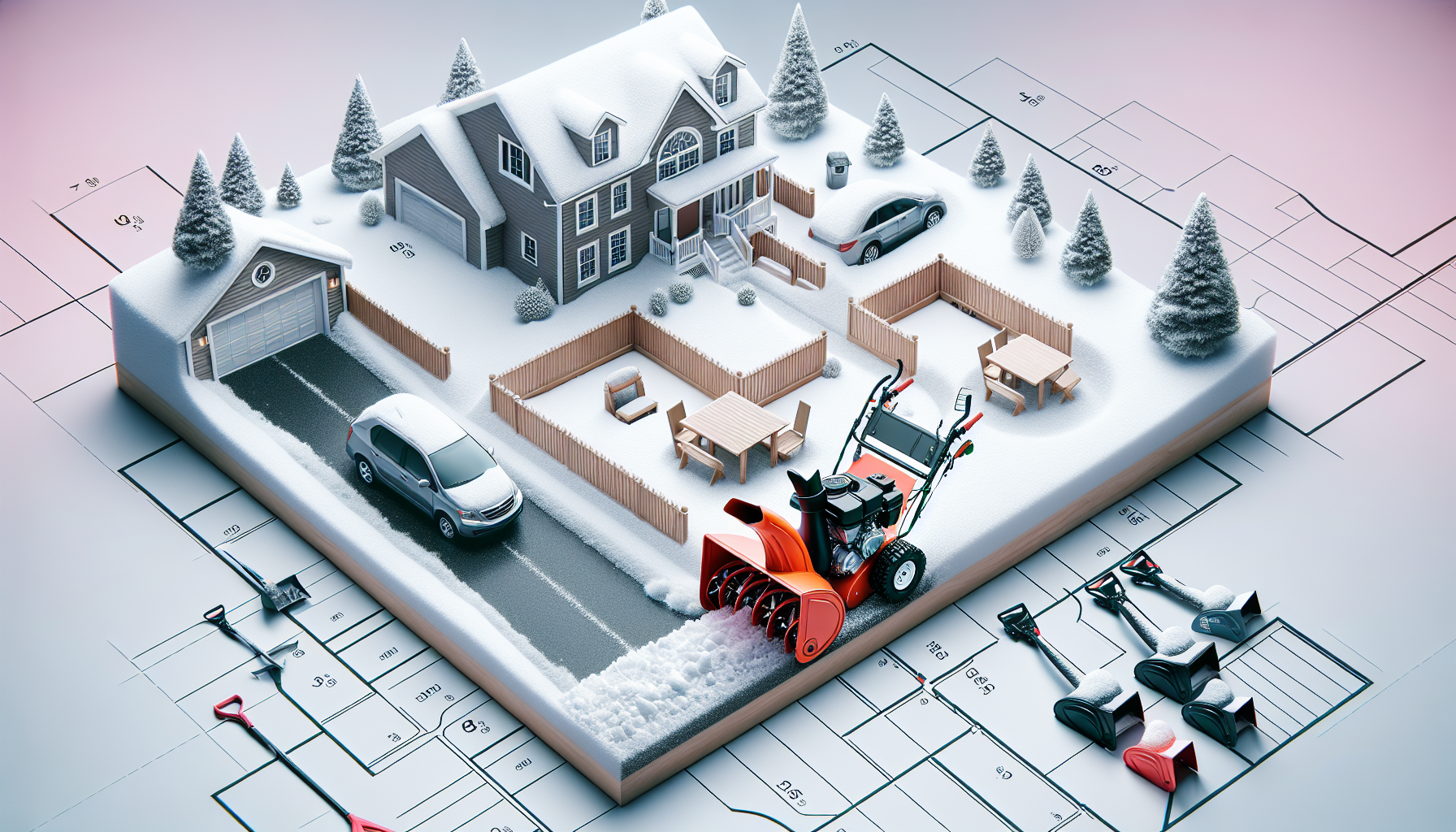
Factors to Consider
When it comes to choosing the right snowblower, there are several factors to consider. By taking these factors into account, you can ensure that you select a snowblower that is perfectly suited to your needs. Here are the key factors that you should consider before making your purchase:
Snowfall Amount
One of the first things to consider is the amount of snowfall in your area. Understanding the snowfall patterns can help you determine what size snowblower you need. Here are some factors to consider when it comes to snowfall:
Understanding Snowfall
It’s important to have a good understanding of the snowfall in your area. Do you typically experience light snowfall or heavy snowstorms? Knowing what to expect can help you choose the right snowblower for your needs.
Average Annual Snowfall
Take the time to research the average annual snowfall in your region. This will give you a good idea of the amount of snow you can expect to clear each winter. Knowing the average snowfall can help you determine what size snowblower you need to effectively clear your driveway.
Frequency of Snowstorms
In addition to the average annual snowfall, consider how frequently snowstorms occur in your area. If you experience frequent snowstorms, you may need a larger snowblower to handle the larger snow accumulations.
Snow Density
Snow density refers to the weight of snow per unit of volume. Different types of snow have different densities, which can affect how much snow your snowblower can handle. Wet, heavy snow will require a more powerful snowblower compared to light, powdery snow.
Driveway Size
The size of your driveway is another important factor to consider when determining the right size snowblower. Here are the key considerations when it comes to driveway size:
Measuring the Driveway
Before you can determine the size of the snowblower you need, you should measure the size of your driveway. Measure the width and length to get an accurate idea of the area you need to clear.
Compact Single-Car Driveway
If you have a compact single-car driveway, you may be able to get away with a smaller snowblower. A compact snowblower will be easier to maneuver in smaller spaces and can effectively clear a smaller driveway.
Standard Two-Car Driveway
For a standard two-car driveway, you may need a larger snowblower to effectively clear the larger surface area. A snowblower with a wider clearing width will help you clear the snow more efficiently.
Expanded Driveway or Estate Property
If you have an expanded driveway or an estate property with a long driveway, you may need a heavy-duty snowblower. A larger, more powerful snowblower will ensure that you can effectively clear the entire area without any issues.
Terrain
The terrain of your property can also affect what size snowblower you need. Here are the different types of terrain and their implications:
Level Ground
If you have a level ground with no significant slopes or inclines, you may be able to use a smaller snowblower. Level ground is easier to navigate, and a smaller snowblower should be sufficient to clear the snow.
Sloping or Hilly Areas
For properties with sloping or hilly areas, a larger snowblower may be necessary. These areas can be more challenging to clear, and a more powerful snowblower with good traction will be required.
Steep Inclines
If you have steep inclines on your property, you will need a snowblower that can handle the challenging terrain. Look for a snowblower with features such as larger wheels and powerful engines to tackle these steep inclines.
Uneven Terrain
Uneven terrain, such as gravel driveways or rough surfaces, may require a specialized snowblower. Consider a snowblower with adjustable skid shoes or a floating scraper bar to ensure that you don’t damage the surface while clearing the snow.
Type of Snow
The type of snow you typically experience can also impact what size snowblower you need. Different types of snow require different levels of power to clear effectively. Consider the following types of snow:
Light, Powdery Snow
If you typically experience light, powdery snow, a smaller snowblower may be sufficient. Light snow is easier to clear, and a smaller snowblower will be able to handle it with ease.
Wet, Heavy Snow
Wet, heavy snow requires a more powerful snowblower. The extra weight and moisture in the snow make it more difficult to clear, so a larger snowblower will be necessary.
Ice and Packed Snow
If you frequently deal with ice or packed snow, you may need a snowblower with additional features, such as an auger that can break up the ice or a scraper blade to remove the packed snow.
Snow with Debris
If your area is prone to snowstorms that bring along debris like leaves or branches, you may need a snowblower with a stronger throwing capacity to handle both the snow and the debris.
Budget
Your budget is another important factor to consider when choosing the right size snowblower. There are snowblowers available at various price points, from affordable options to high-end models. Here are the key considerations when it comes to budget:
Determining Your Budget
Before you start shopping for a snowblower, determine how much you are willing to spend. Having a budget in mind will help narrow down your options and prevent you from overspending.
Affordable Options
If you’re on a tight budget, there are snowblowers available at more affordable price points. These snowblowers may have smaller clearing widths or fewer features, but they can still get the job done.
Mid-Range Options
If you’re looking for a balance between price and performance, mid-range snowblowers are a good option. They offer a good combination of power, features, and affordability.
High-End Options
If budget is not a major concern, high-end snowblowers offer top-of-the-line features and performance. These snowblowers are built to handle the toughest snow conditions and provide unmatched durability and reliability.
Choosing the Right Size
Now that we have considered the different factors, it’s time to choose the right size snowblower for your needs. By taking into account the snowfall amount, driveway size, terrain, type of snow, and budget, you can make an informed decision. Here are the key factors to consider when choosing the size of your snowblower:
Matching Snowfall Amount
Take into account the average annual snowfall and the frequency of snowstorms in your area. If you experience heavy snowfall or frequent snowstorms, you may need a larger snowblower to handle the larger snow accumulations.
Considering Driveway Size
Measure the size of your driveway to determine the clearing width you need. A compact single-car driveway may only require a smaller snowblower, while a larger two-car driveway or an expanded driveway may require a wider clearing width.
Evaluating the Terrain
Consider the terrain of your property. If you have level ground, you may be able to use a smaller snowblower, but sloping or hilly areas may require a larger snowblower with good traction. If you have steep inclines or uneven terrain, look for a specialized snowblower that can handle the challenging conditions.
Adjusting for Snow Type
Take into account the types of snow you typically experience. If you frequently deal with wet, heavy snow or ice and packed snow, a larger, more powerful snowblower will be necessary. Light, powdery snow may be cleared effectively with a smaller snowblower.
Factoring in Budget
Lastly, consider your budget. Determine how much you are willing to spend and find a snowblower that fits within your budget while still meeting your needs. Remember that there are options available at various price points, so you can find a snowblower that offers the right balance of affordability and performance.
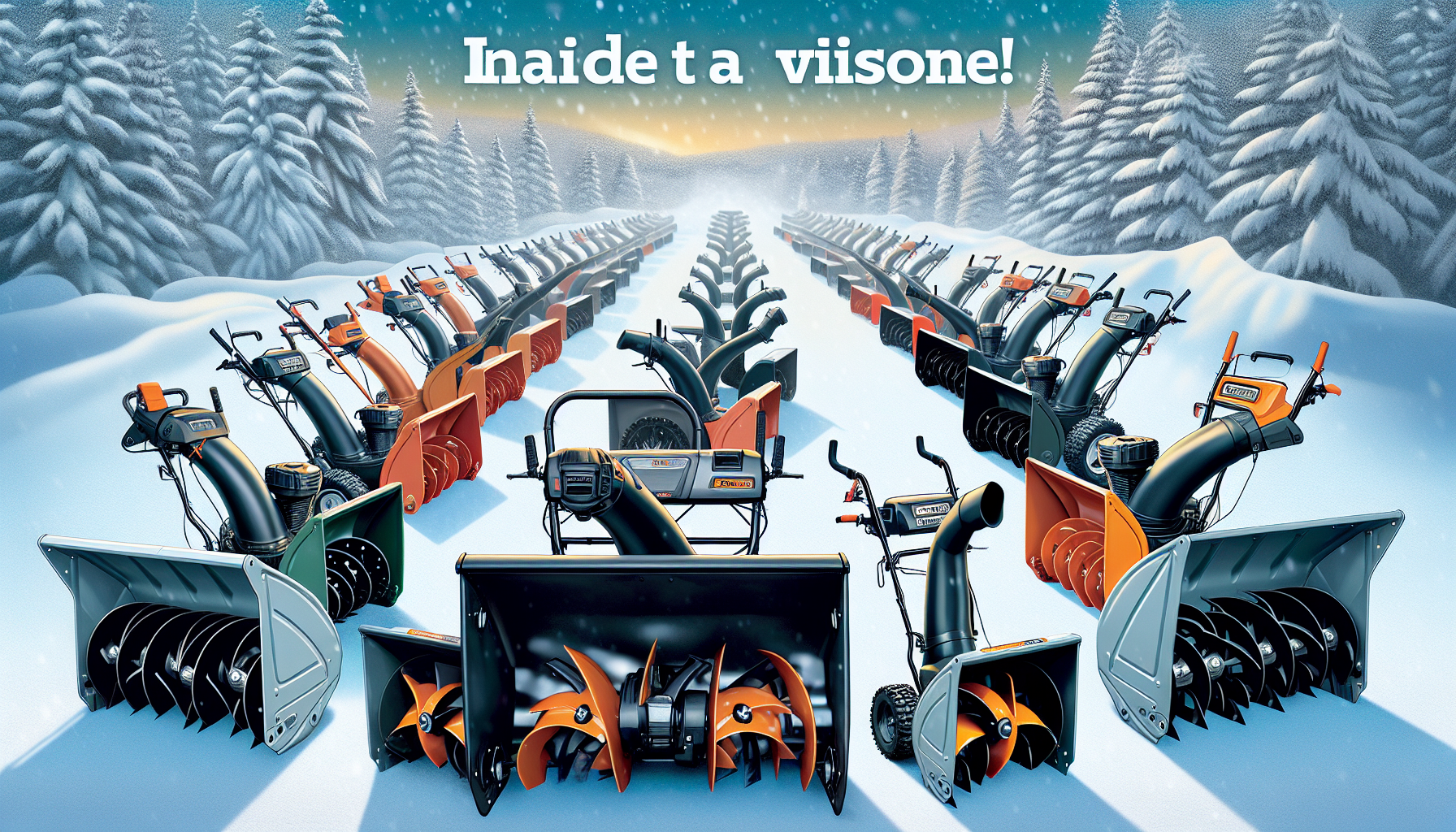
Snowblower Types and Sizes
Now that you have determined the right size of snowblower for your needs, let’s explore the different types and sizes available. Here are the main types of snowblowers to consider:
Single-Stage Snowblowers
Single-stage snowblowers are typically smaller, lighter, and more maneuverable. They are designed to clear light to moderate snowfall and are ideal for smaller driveways or areas with limited snow accumulation.
Two-Stage Snowblowers
Two-stage snowblowers are larger and more powerful, making them suitable for heavier snowfall and larger areas. They have an auger that breaks up the snow and a separate impeller that throws the snow out of the chute.
Three-Stage Snowblowers
Three-stage snowblowers are the most powerful and can handle the toughest snow conditions. They have an additional accelerator that helps break up the snow and ice before it reaches the auger and impeller, making them highly efficient.
Compact and Electric Snowblowers
Compact snowblowers are smaller and lightweight, making them easy to maneuver and store. Electric snowblowers are powered by electricity and are quieter and more environmentally friendly compared to gas-powered models.
Attachment Snowblowers
Attachment snowblowers are designed to be attached to a larger vehicle, such as a lawn tractor or ATV. They are ideal for clearing large areas of snow quickly and efficiently.
Determining the Adequate Width
The clearing width of a snowblower refers to the width of the path it can clear with each pass. Here are the key considerations when determining the width of your snowblower:
Width of Single-Stage Snowblowers
Single-stage snowblowers typically have a clearing width ranging from 18 to 22 inches. Consider the size of your driveway and the expected snowfall in your area when choosing the width of your single-stage snowblower.
Width of Two-Stage Snowblowers
Two-stage snowblowers have a wider clearing width compared to single-stage models. The clearing width can range from 22 to 45 inches, depending on the model. Choose a width that matches the size of your driveway and the amount of snow you need to clear.
Width of Three-Stage Snowblowers
Three-stage snowblowers also have a wide clearing width, often exceeding 45 inches. These snowblowers are designed for clearing large areas quickly and efficiently. Consider your property size and the amount of snow you need to clear when choosing the width of a three-stage snowblower.
Considerations for Compact and Electric Snowblowers
Compact and electric snowblowers typically have smaller clearing widths, ranging from 12 to 24 inches. These models are designed for smaller driveways and lighter snowfall.
Width for Attachment Snowblowers
Attachment snowblowers come in various widths, often ranging from 40 to 60 inches. Consider the size of the area you need to clear and the equipment you will be attaching the snowblower to when choosing the width.
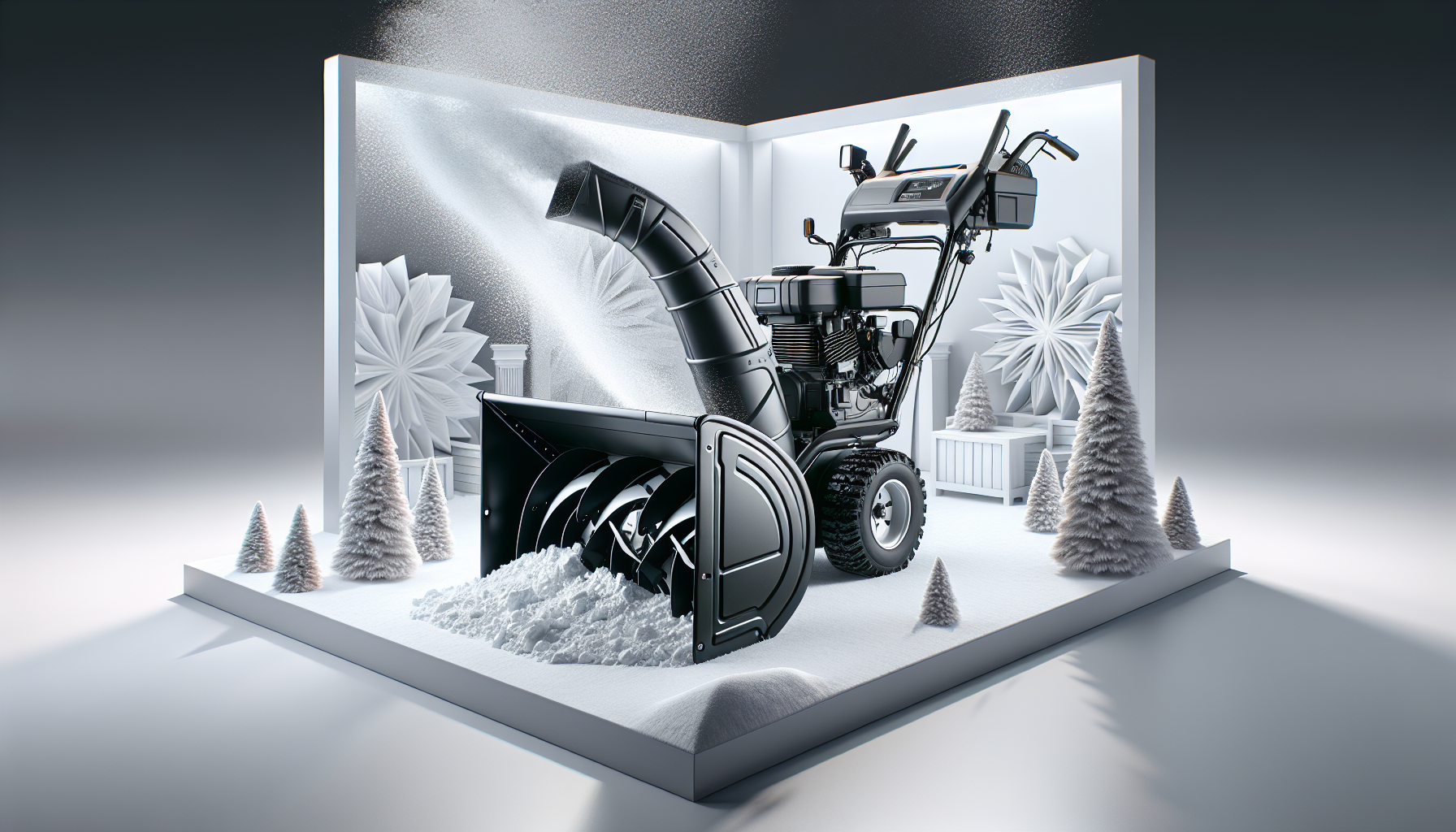
Other Considerations
In addition to the factors mentioned above, there are a few other considerations worth keeping in mind when choosing the right size snowblower:
Snow Clearing Speed
Snow clearing speed refers to how quickly a snowblower can clear the snow. High-end models often have faster snow clearing speeds, allowing you to clear the snow more quickly and efficiently. Consider whether the snow clearing speed is a priority for you.
Clearing Distance and Discharge Chute
Consider the clearing distance and the direction of the discharge chute. A snowblower with a longer throwing distance and an adjustable discharge chute can help you direct the snow away from your cleared area more effectively.
Power Source
Decide whether you prefer a gas-powered snowblower or an electric-powered one. Gas-powered snowblowers offer more power and mobility but require regular maintenance, while electric snowblowers are quieter and more environmentally friendly but may have limited run times.
Additional Features
Take into account any additional features that may be important to you. This could include things like heated hand grips, headlights for snow clearing in the dark, or easy-to-use controls. These features can enhance your overall snow-clearing experience.
By considering all of these factors and taking into account your specific needs and preferences, you can confidently choose the right size snowblower that will make clearing snow a breeze. Remember to properly maintain your snowblower for optimal performance and durability, and always prioritize safety when operating your snowblower. Happy snow clearing!
